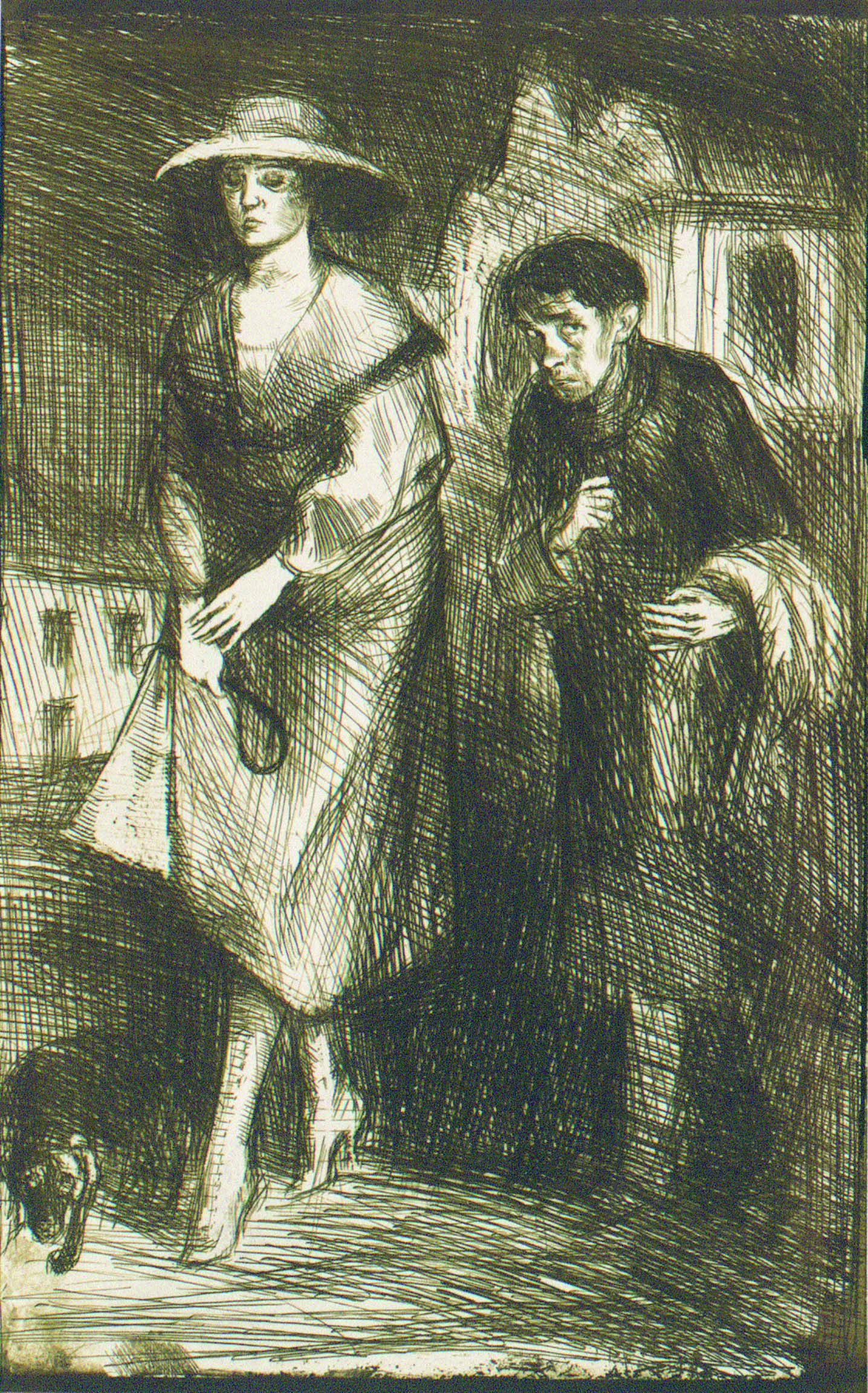Portret nauczyciela. Jak uczniowie odmalowali Brunona Schulza?
DOI:
https://doi.org/10.26881/sf.2019.14.08Słowa kluczowe:
Bruno Schulz, ikonografia autora, biografia, ciało, children studiesAbstrakt
Bruno Schulz used to portray his students. They were usually glad for it, although some claimed that Schulz at times crossed the comfort limit of female students. After many years, students portrayed him in their testimonies in which they tried to remember what he was like, and their perspective was different from that of Schulz’s friends. Students always remain lower in the school hierarchy and usually they cannot get to know their teacher very well. Thus, they have to rely on what they observed during lessons or outside of school. Corporeality played an important role in students’ stories, simply because they had visual access to it: Schulz appeared in class in his bodily form. As a teacher, he used his body to work – he spoke, drew, walked, etc. He played with his body and was observed as a central figure in the classroom, playing his role of an authority before an audience. Consequently, students drew conclusions about his mental traits in reference to physical ones. Generally, the teacher’s body should be asexual, sterile, aesthetically pleasing, and reliable. Therefore, Schulz’s body was not entirely his own since it had to fit his social role, which it did not always do. Because Schulz’s corporeality was quite uncommon, students talked about it and then Schulz specialists asked their professional questions. Students described in detail his figure, gait, face, look, hands, clothes, voice, and sexuality. The essay is an attempt to collect all the relevant texts that address the topic. It proves that especially corporeality impacted how Schulz was perceived as a teacher and a human being. Students saw him either as rather withdrawn and stressed, or as a strong magnetic personality. It is hard to judge the truth value of their opinions – probably they tell us little about the real Schulz. However, dozens of statements by Schulz’s students that refer to his corporality greatly enhance his picture known from photos. A gender perspective makes the problem even more interesting, as we can see a difference between the memories of women and men: the former seem to resemble Schulz’s drawings and portraits of female sitters, while the latter his portraits of the male ones. Unfortunately, we have only a few female testimonies since Schulz taught mainly in a school for boys.
Downloads
Bibliografia
„Bruno Schulz, mój nauczyciel. Feliks Milan, prezes Związku Sybiraków, wspomina słynnego pisarza i rodzinny Drohobycz”. 2004. Dziennik Łódzki 54.
„Drohobyczanin. Z Alfredem Schreyerem rozmawia Agnieszka Sabor”. 2007. Tygodnik Powszechny 28, https://schulzforum.pl/pl/zalacznik/2007-07-15_tygodnik_powszechny_nr_28_a.
„Trzy listy Tadeusza Lubowieckiego (Izydora Friedmana) do Jerzego Ficowskiego z 1948 roku. 2016. Schulz/Forum 7.
Andrzej Chciuk. 1989. Atlantyda. Opowieść o Wielkim Księstwie Bałaku. Warszawa: Warszawska Oficyna Wydawnicza Gryf.
Barańczak Stanisław. 1992. Twarz Brunona Schulza. W Bruno Schulz. In memoriam 1892–1942. Pod red. M. Kitowskiej-Łysiak. Lublin: Wydawnictwo FIS.
Battistini Matilde, Impelluso Lucia, Zuffi Stefano. 2001. Historia portretu. Przez sztukę do wieczności. Przeł. H. Cieśla. Warszawa: „Arkady”.
Budzyński Wiesław. 1988. „Zawiadowca gabinetu rysunkowego”. Kultura i Życie” 20.
Budzyński Wiesław. 2005. Miasto Schulza. Warszawa: Prószyński i S-ka.
Budzyński Wiesław. 2011. Uczniowie Schulza. Warszawa: PIW.
Budzyński Wiesław. 2013. Schulz pod kluczem. Wyd. 2 uzupełnione. Warszawa: Świat Książki.
Chciuk Andrzej. 1972. Ziemia księżycowa. Druga opowieść o Księstwie Bałaku. Londyn: Polska Fundacja Kulturalna.
Chciuk Andrzej. 2002. Atlantyda. Opowieść o Wielkim Księstwie Bałaku. Warszawa: LTW.
Ficowski Jerzy. 2002. Regiony wielkiej herezji i okolice. Bruno Schulz i jego mitologia. Sejny: Fundacja „Pogranicze”.
Giza Stanisław. 1972. Na ekranie życia: wspomnienia z lat 1908–1939. Warszawa: Ludowa Spółdzielnia Wydawnicza.
Goffman Erving. 1981. Człowiek w teatrze życia codziennego. Oprac. i słowem wstępnym poprzedził J. Szacki. Przeł. H. Datner-Śpiewak i P. Śpiewak. Warszawa: PIW.
Grynberg Henryk. 1997. Drohobycz, Drohobycz. Warszawa: W.A.B.
Miklaszewski Krzysztof. 2009. Zatracenie się w Schulzu. Historia pewnej fascynacji. Warszawa: Państwowy Instytut Wydawniczy.
Notacje. Odc. 503: Joanna Nestel. Byłam uczennicą Brunona Schulza, https://vod.tvp.pl/video/notacje,joanna-nestel-bylam-uczennica-brunona-schulza,11746006.
Orzeszek Jakub. 2019. „Ciało / części ciała / wydzieliny. Indeks do «Sklepów cynamonowych». Schulz/Forum 13.
Rosiek Stanisław. 2016. „Odcięcie. Siedem fragmentów”. Schulz/Forum 7.
Schneider Leszek. 1976. Z drohobyckich wspomnień. W Studia o prozie Brunona Schulza. Red. K. Czaplowa. Katowice: Uniwersytet Śląski.
Tuszyńska Agata. 1993. Kilka portretów z Polską w tle. Reportaże izraelskie. Gdańsk: Wydawnictwo Marabut.
Wójtowicz Tadeusz. 1992. „Portret Brunona Schulza z rejestrem klasowym w ręku”. Teksty Drugie 5.

 Uniwersyteckie Czasopisma Naukowe
Uniwersyteckie Czasopisma Naukowe





